Perfect ending
Publisert: 05.04.2018
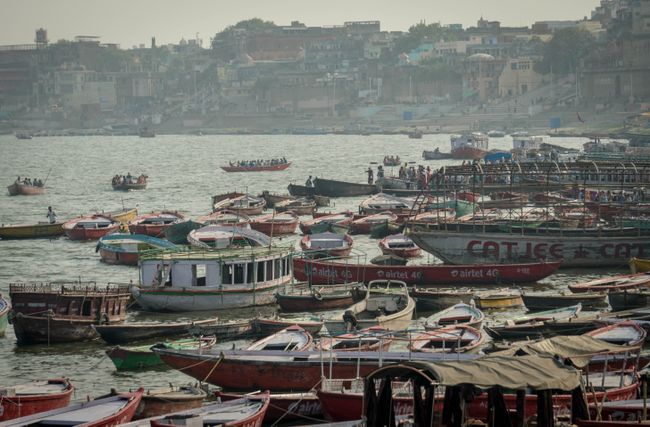
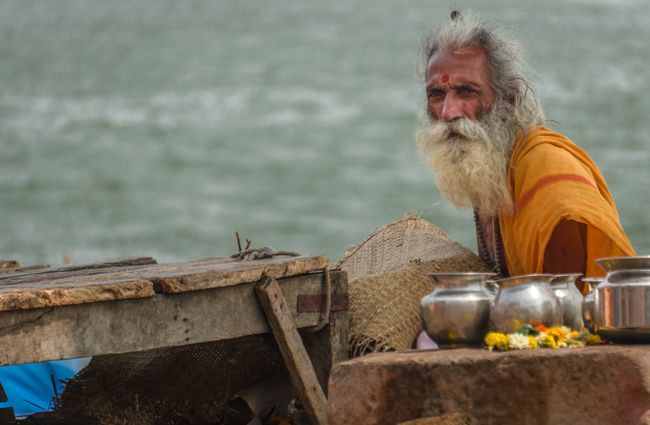
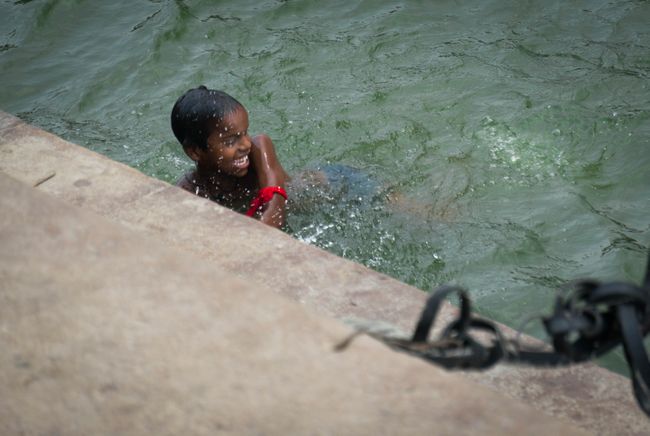
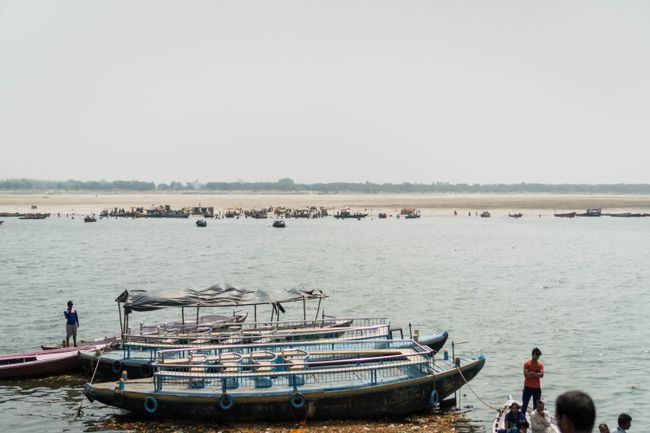
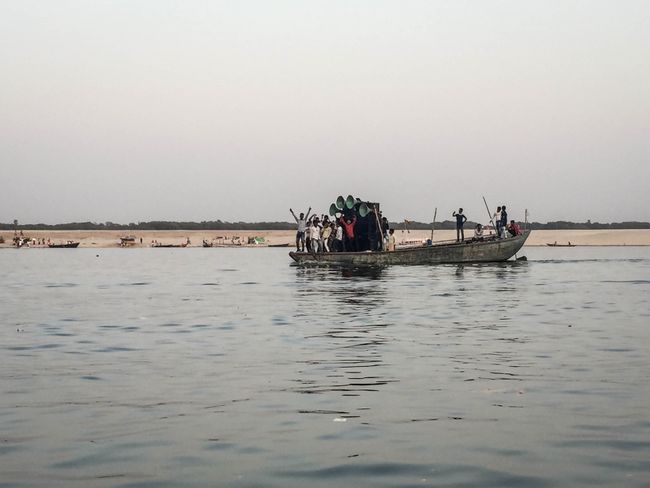
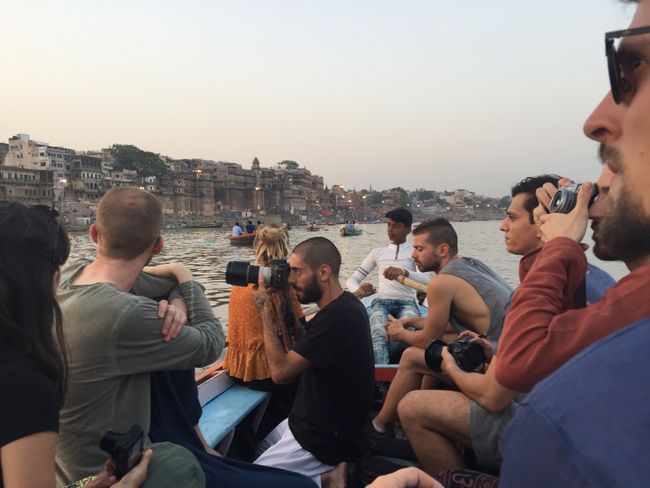
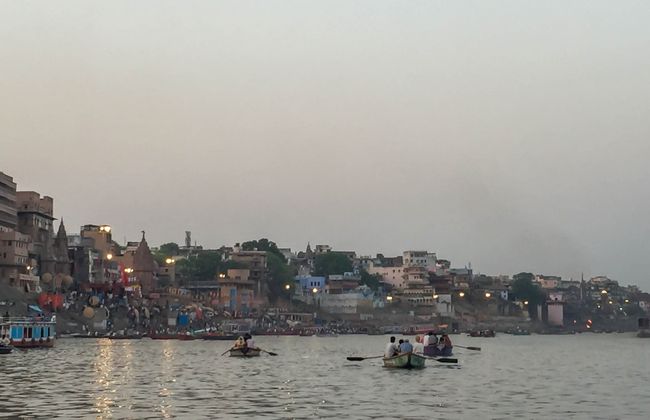
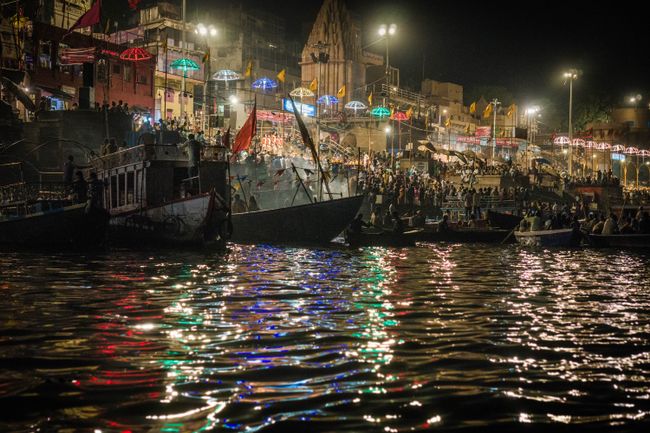
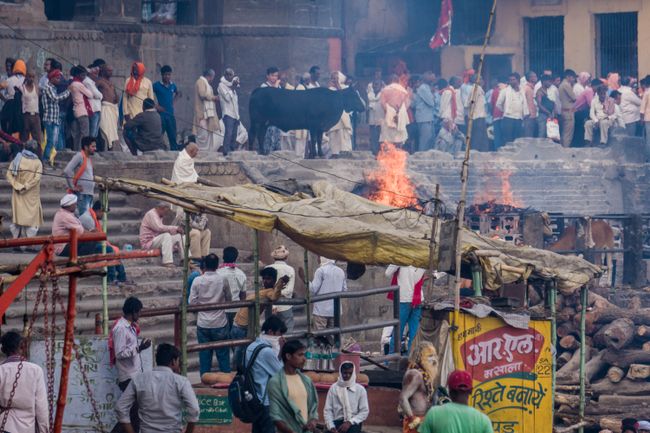
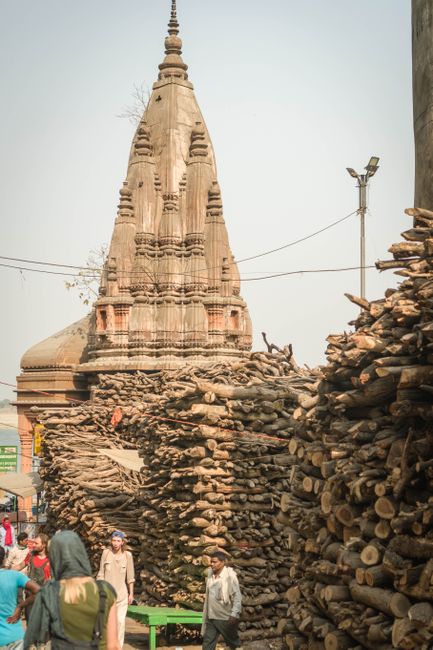
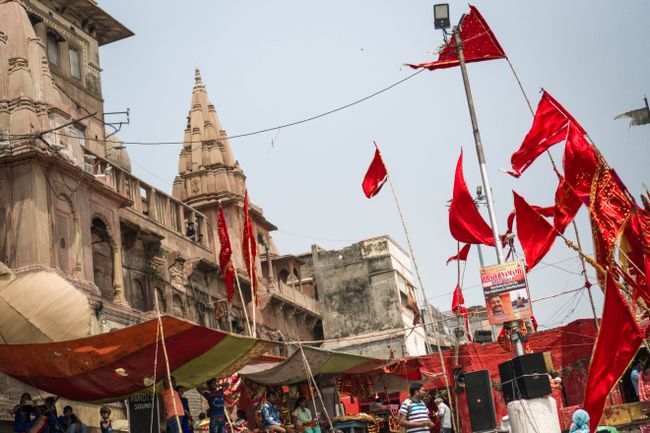
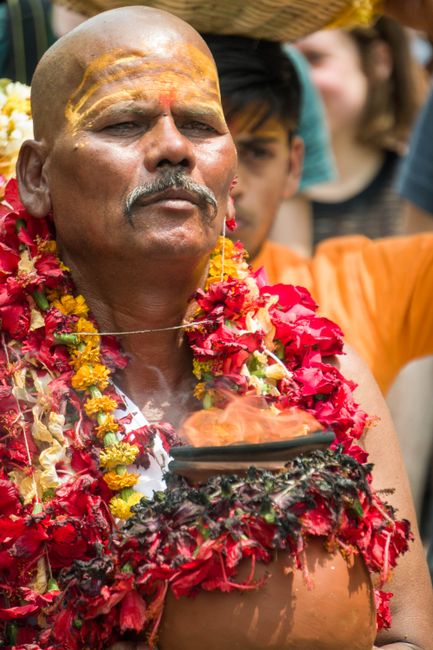
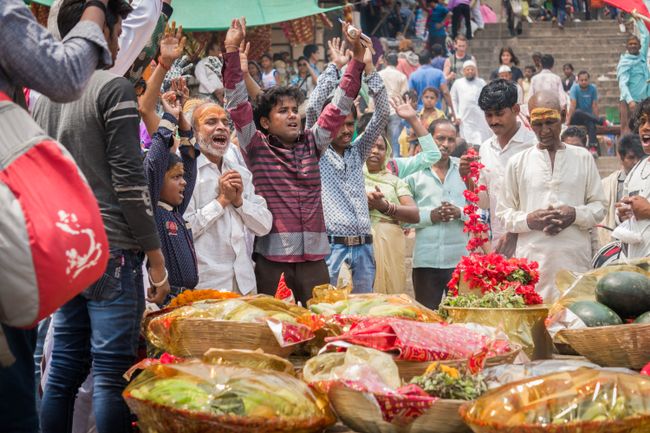
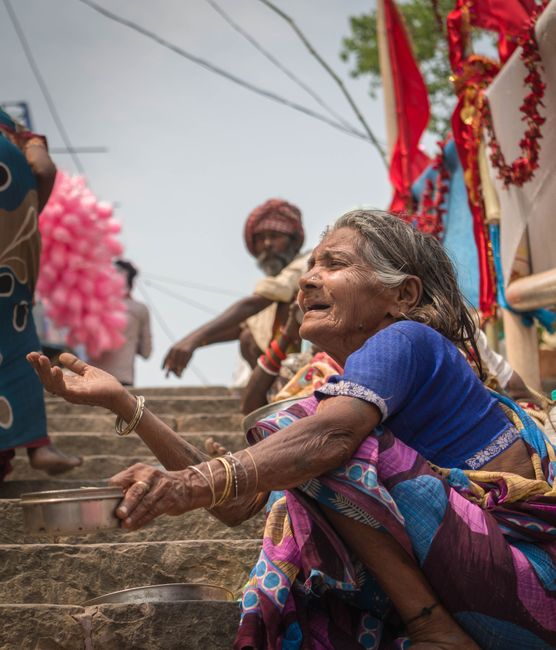
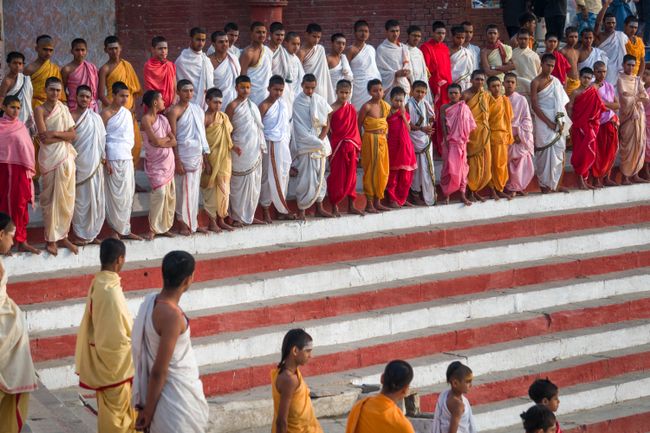
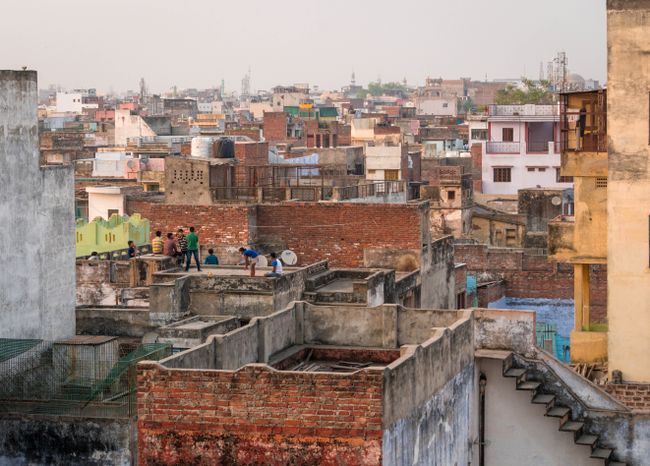
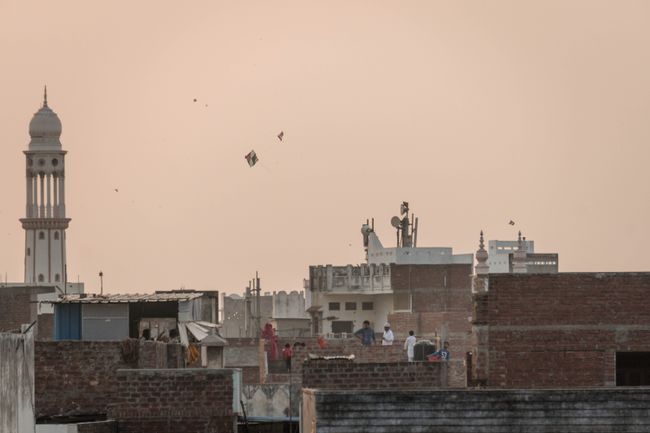
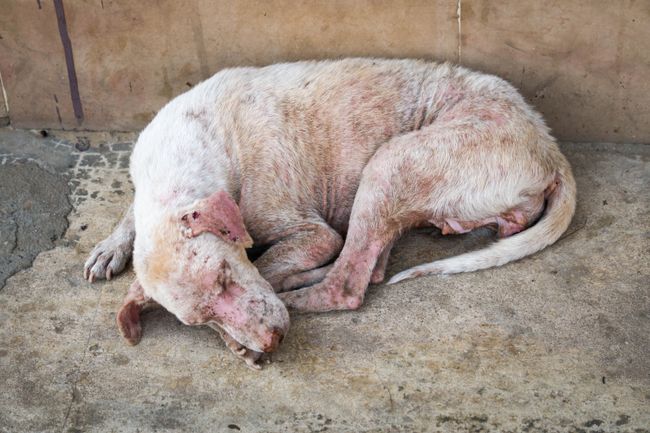
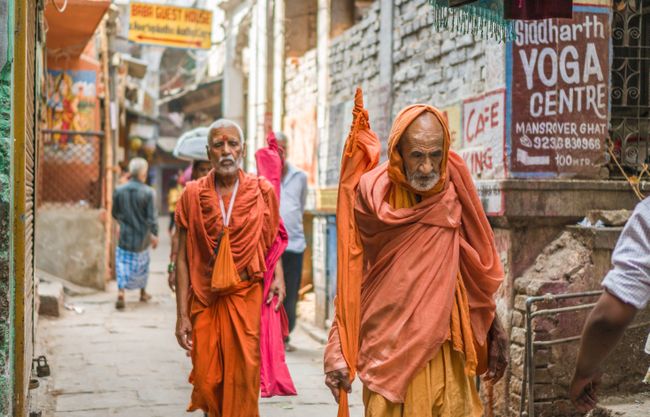
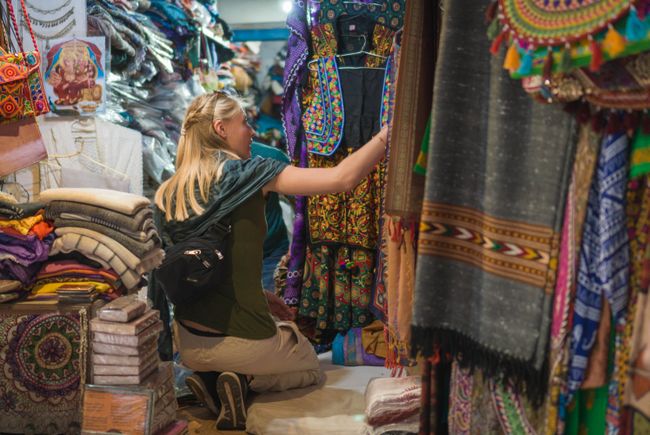
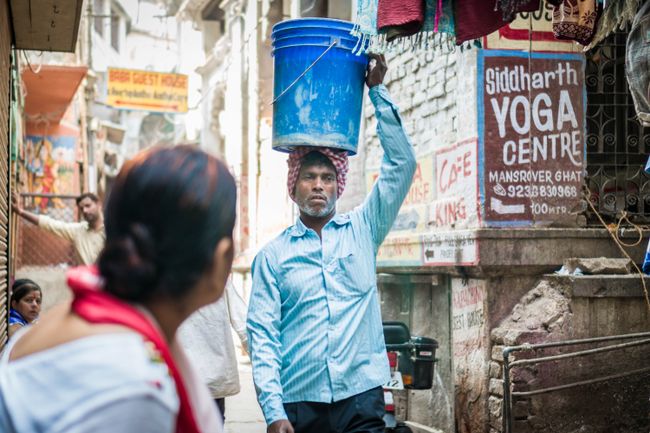
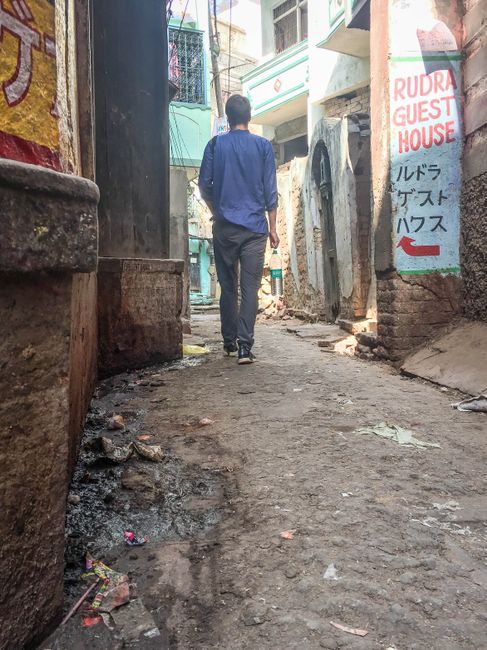
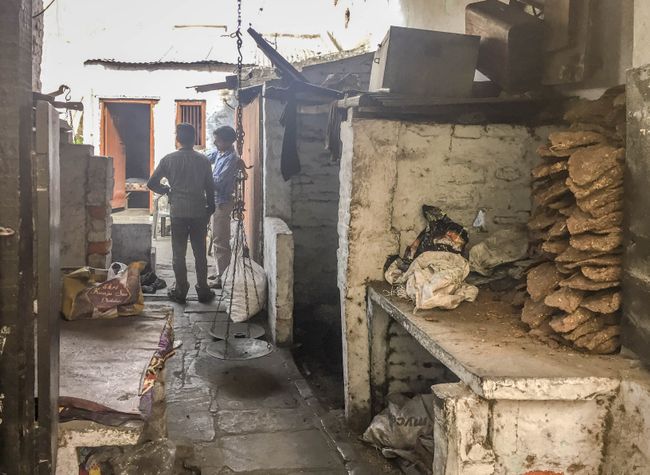
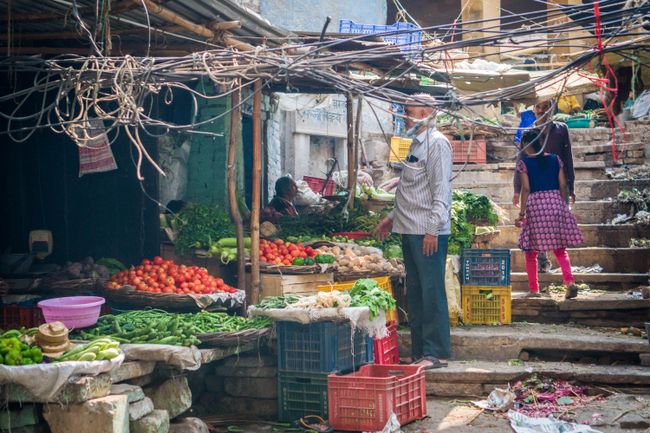
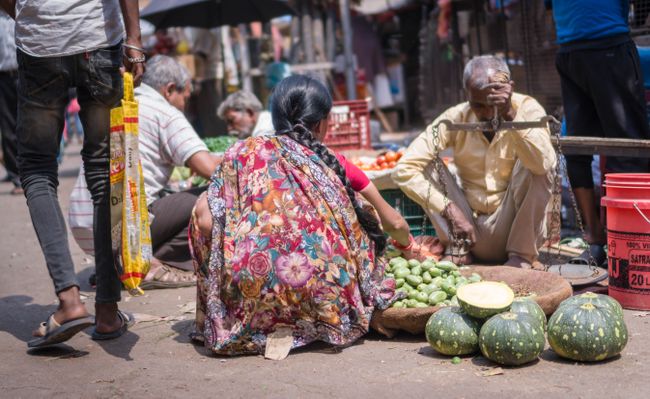
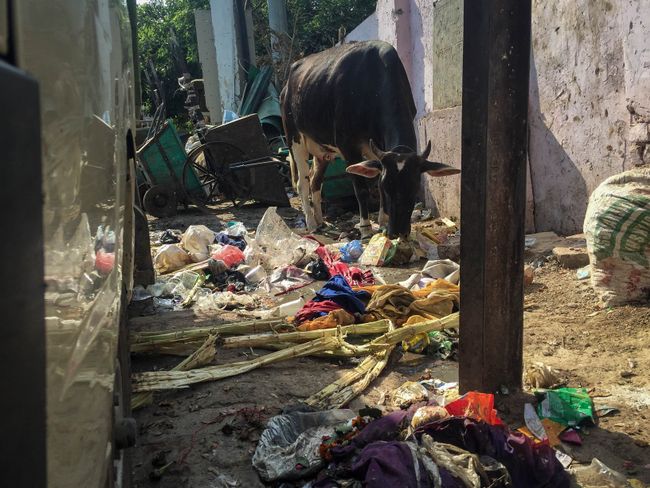
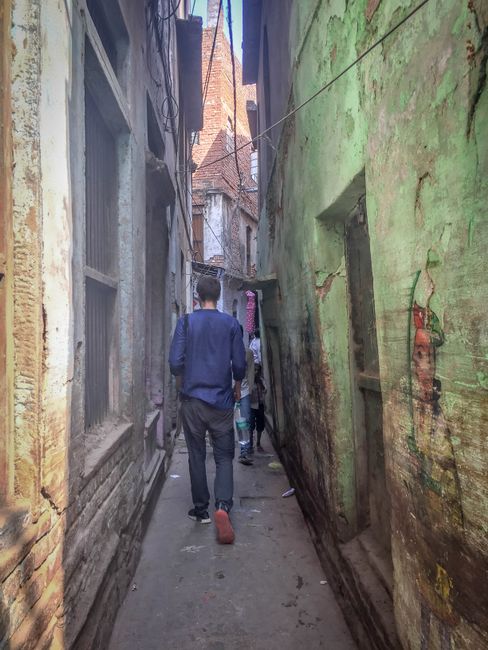
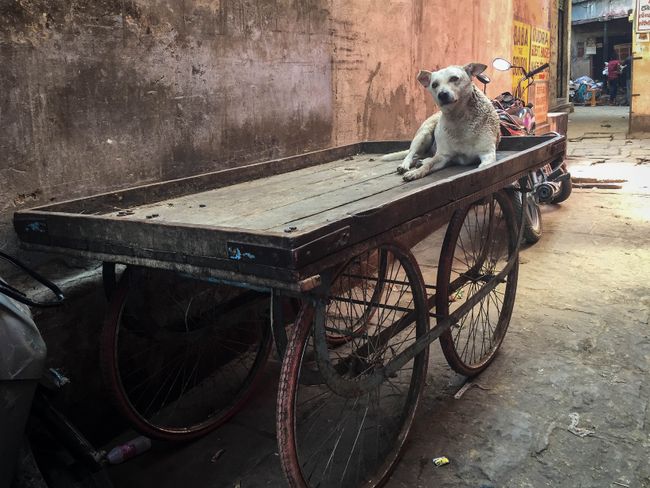
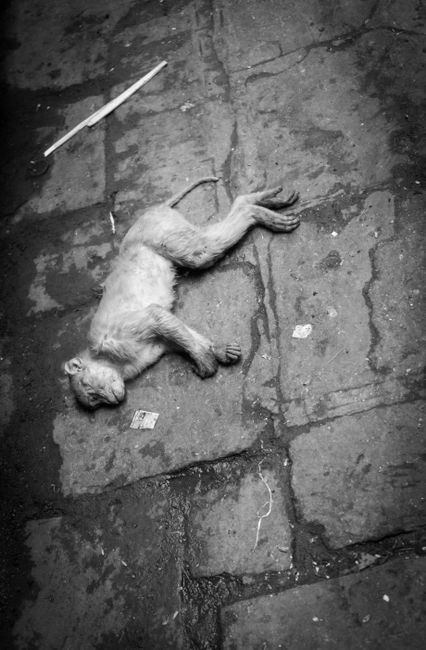
Abonner på nyhetsbrev
Delhi - Rishikesh - VARANASI - Nepal/Pokhara - Kathmandu
Change: Kathmandu was postponed because Pokhara was closer to the border.
Varanasi is said to be the most Indian city in India. We both would agree with that statement. Temples on every corner, monks everywhere, religious ceremonies in the morning and evening, death ceremonies, the holy Ganges, sick animals, sick and poor people, and not to forget, trash everywhere.
It is a very beautiful city. The beauty is that it has an area where there are no tuk-tuks and cars, only small narrow alleys leading to the Ganges. In this zone, our hostel was also located, overlooking the dirty river. The alleys have many small stalls and cafes. They seem like a big labyrinth, but you will be amazed at how quickly you find your way around.
The unpleasant thing is that the alleys are full of sick animals, beggars, and lots of garbage, shit, and occasionally a dead animal.
Varanasi is considered the spiritual capital of India, solely because of the Ganges. Hindus believe that anyone who dies here is purified. That is why many Indians come here in old age or when they are seriously ill. The city has adapted to this with some hospices. In Varanasi, almost all Indians are cremated at the so-called 'Burning Ghats'. It is very moving to see that. 250 people are cremated at a Burning Ghat every day. A ceremony looks something like this: the relatives wash their deceased person in the Ganges wearing a traditional dress and pour Ganges water into their mouths. Then they are laid on the wooden pyre wrapped in a white sheet (the relatives also wear all white). The deceased is then circled five times because the body consists of five parts. Afterwards, the body is sprinkled with a mixture to prevent it from smelling during the cremation. The deceased is set on fire by relatives who have had their heads shaved bald beforehand. The cremation takes three hours. After one hour, the head is cut off so that the soul can escape, and before the bones are burned, the man separates the sternum (the worker) and the woman separates a pelvic half (the giver of birth), and these parts are then thrown into the Ganges. All relatives watch this and are not allowed to cry, otherwise the soul will be held on earth. There is only music for very old people. Children, pregnant women, and people who have died from a cobra bite are not cremated because they are already considered completely pure souls. Their bodies are fully immersed in the water.
In Varanasi, the beautiful Ganges in the north is unrecognizable. There is no longer any trace of green-turquoise water. It is simply brown and full of bacteria, remains of corpses, serves as a sewage system for industry (with sometimes toxic substances), and wastewater.
Nevertheless, the locals bathe there, drink it, and wash their clothes in it every day. It is sacred, and the government knows how dangerous it is, but attempts to change it have failed.
As exciting as Varanasi is, the air feels eerie and sickening.
We are glad we saw it, and especially that it was our final stop, because there could not have been a better one for India.
But now we are ready for Nepal and we are very excited to explore a new country.
Abonner på nyhetsbrev
Svar (6)
Heike
Ihr Lieben, euer Bericht hat mich sehr bewegt, teilweise bedrückt und mir bewusst gemacht, wie unterschiedlich das Leben und auch der Tod auf dieser Welt aussieht. Und ihr Beide mittendrin. Ich bewundere Euch für Euren Mut, hinzuschauen! Vielen Dank, dass Ihr uns teilhaben lässt. Mit Worten und Bildern. Finn, ist es das, was Du Dir erwartet und erhofft hast? Diese Einblicke mit - neben der realen Beobachtung - durch Fotoapparat und Film diese Lebenssituationen einzufangen? Ich drücke Euch und sende Euch ganz liebe Grüsse aus Tropea in Kalabrien 😙Emely
In Indien ist es mir öfters schwer gefallen das gesehene auch mit der Kamera festzuhalten, weil es einfach viel zu viele Eindrücke waren um das zu filtern. Jetzt wo wir in nepal sind, versuche ich mich mehr zu beschränken und das wesentliche rauszufiltern. Katharina
Phantastische Aufnahmen! Ich kann mir absolut vorstellen, dass es schwer ist solche Momentaufnahmen einzufangen, aber es ist euch gelungen. Vielfalt, Emotion, Elend, Lebensfreude, Spiritualität. Es kommt auch etwas davon in Tübingen an ;-)
Fühlt euch gedrückt, meine Lieben, und genießt die Natur und Entspanntheit in Nepal. Jeannette
Es zieht einen schon in den Bann vom lesen. Immer wieder. Ich finde nach wie vor toll was ihr macht. Viel Glück weiterhin und liebe Grüße aus Leipzig. 😊Uwe
Es fällt mir schwer, mir vorzustellen, dass Ihr das alles real erlebt. Ich bewundere Euch für Euren Mut. L.G von Oma und Opa Uwe
Ich bewundere Euch für euren Mut! !!
Liebe grüße von Oma und Opa 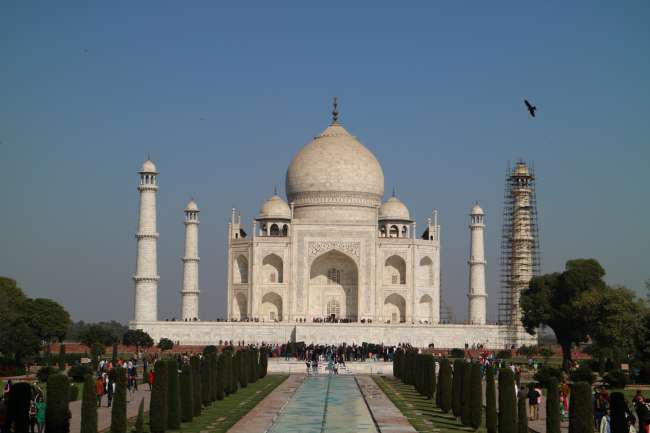
Reiserapporter India

